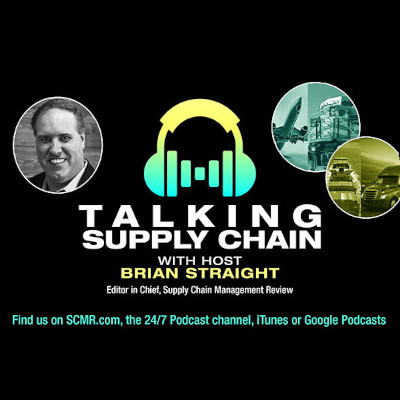Like any part of an organization, supply chain planning has its obstacles and rewards. When approaching planning, often organizations either mix short-term and mid-term planning in one process or treat them separately, with minimal connection between the two. Neither of these strategies deliver strong results – leading many planners to be trapped in a perpetual reactive mode or executing a disjointed and inefficient plan, respectively.
Gartner research points to an awareness among supply chain leaders of this disconnect, with alignment of plans across time horizons ranking among the top three supply chain planning (SCP) challenges that SCP projects aim to resolve.
When approaching planning, many organizations incorporate the following processes:
• Sales and operations planning (S&OP). Good for medium-term plans, broad brush in nature and allows planning to trade off supply and demand where there are relatively limited constraints within the supply chain due to the longer time horizons.
• Sales and operations execution (S&OE). Needs to be targeted in its approach in terms of the time and variability it can manage. Good for quick, short-term decision-making where options are limited.
Through alignment throughout SCP, planners can achieve greater performance. To better connect the long and short game in your supply chain planning processes, consider the following three actions:
1. Establish continuity in decision-making
Establishing alignment between the decision-making principles used in S&OP and S&OE is critical to ensuring the processes are well-linked. Tactics to help ensure this include:
• Create connection: Using a delegate or a direct report of your S&OP decision-maker to chair the S&OE meetings. Make sure that the S&OE decision-maker’s role in the organization allows them to make unbiased decisions so that the best overall outcome can be achieved where trade-offs in the short-term need to be made.
• Prioritize principles: Focusing S&OP decision-making on principles and rules, as opposed to numbers, provides clarity and context to the S&OE forum. Overt communication of these decision-making principles and priorities provides direction for short-term trade-off decision making.
2. Structure the team for success
Another aspect to consider is the organizational structure and whether it’s set up for success. For strong links between short- and mid-term plans, leaders need to ensure strong links between the teams planning these horizons. Some companies have separate roles, or teams, to plan the short- and the mid-term, while others have teams responsible for the full-time horizon.
The first organizational approach ensures that there is dedicated resource focusing on the mid-term. This reduces the risk of the planning organization constantly being drawn into short-term, reactive planning. However, it does introduce an organizational boundary which needs to be carefully managed to ensure there is not a disconnect between the short- and the mid-term planning teams and the plan.
If your planning organization is structured by time horizons, ensure reporting lines between teams managing the S&OE and the S&OP horizons of the plan join at operational levels, relatively low down the organization. This reduces the risk of disconnect and friction.
3. Ensure feasibility with strategic assumptions
While the plan created in S&OP does not need to be perfect, it does need to be feasible in its achievability, from both a demand and a supply perspective. Plans moving into the S&OE horizon that are over-optimistic, be it in terms of sales, yield or supplier-delivery performance, are a sure-fire way to inject volatility into the short-term.
To remedy, focus on assumptions as the building blocks for both the demand and the supply elements of your S&OP plan. Assumptions provide supply chain planning with the language to drive x-functional consensus around how past performance, overlaid with future activities, will translate into a plan that’s realistic.
For example, from the demand side of the equation, assumptions could include the impact of advertising or promotional activity on sales. From the supply side, transportation lead times or quality assurance throughput capacity.
Also, by underpinning the forecast with assumptions, where there are out-of-plan exceptions in the S&OE time horizon, planners can check back to the assumptions to see which were incorrect. These new insights can, in turn, be fed back into the S&OP plans to refine and improve the accuracy of future supply chain plans.
By implementing these steps, leaders can create greater alignment between the S&OP and S&OE processes, in turn strengthening the supply chain and putting them on a path to drive greater value for their organization.
 About the author
About the author
Sarah Gilchrist advises clients on demand, supply planning, inventory planning, sales and operations planning (S&OP) and customer collaboration in the supply chain space. She brings more than 10 years of operational, hands-on experience in Supply Chain in FMCG companies to her role at Gartner. She can be reached at: [email protected]
SC
MR


Latest Supply Chain News
Latest Podcast

 Explore
Explore
Business Management News
- U.S.-bound containerized import shipments are up in June and first half of 2024
- Expand supply chain metrics to cover the complete customer experience
- When disaster strikes, the supply chain becomes the key to life
- Leadership development for supply chain leaders
- A smarter approach to sustainability is vital for healthy, resilient supply chains
- When the scales tilt: Making vaccine access work for all
- More Business Management
Latest Business Management Resources

Subscribe

Supply Chain Management Review delivers the best industry content.

Editors’ Picks




